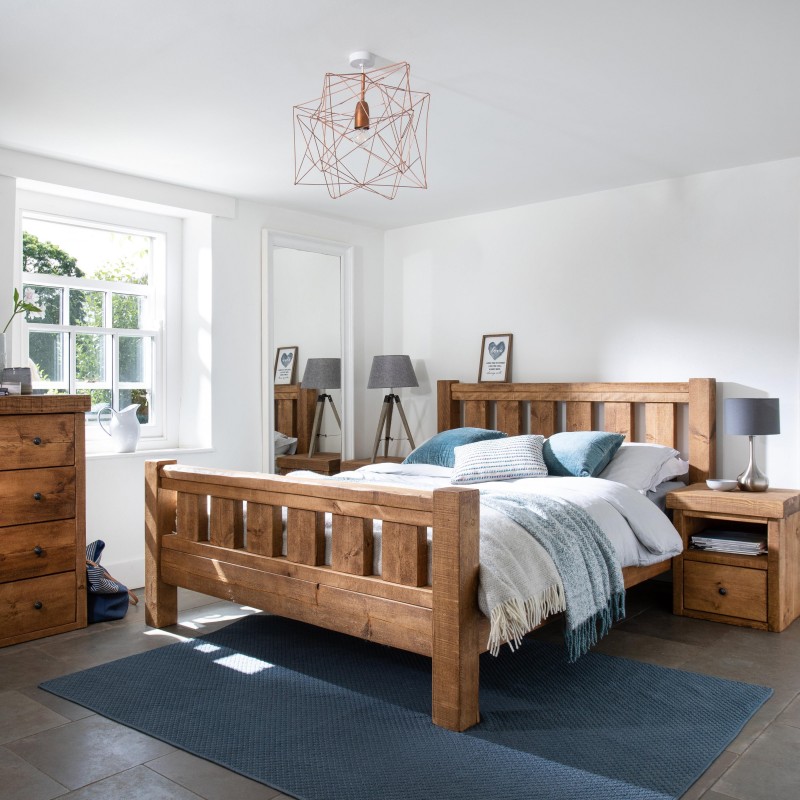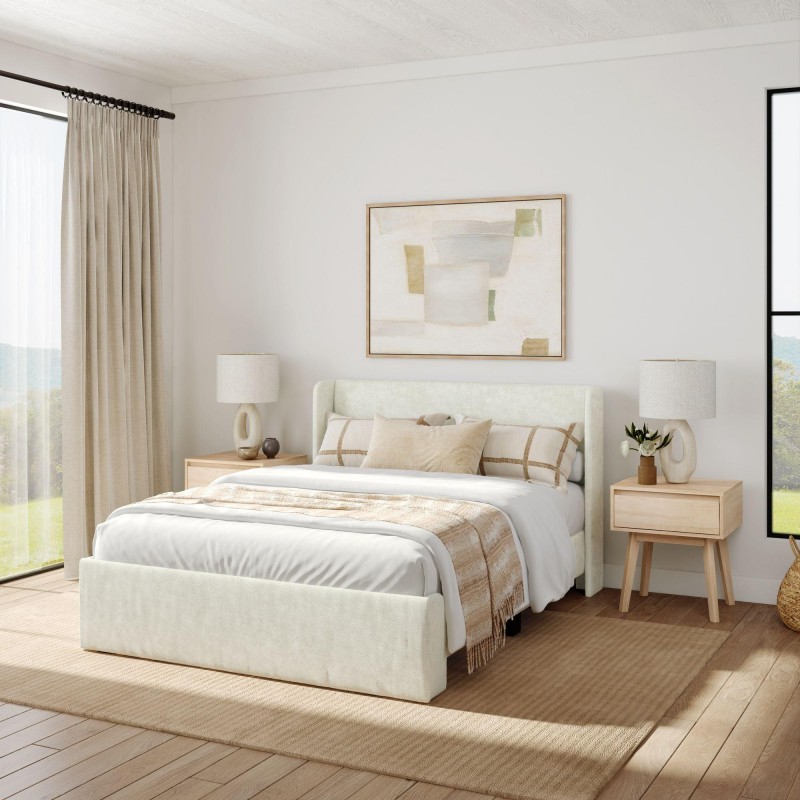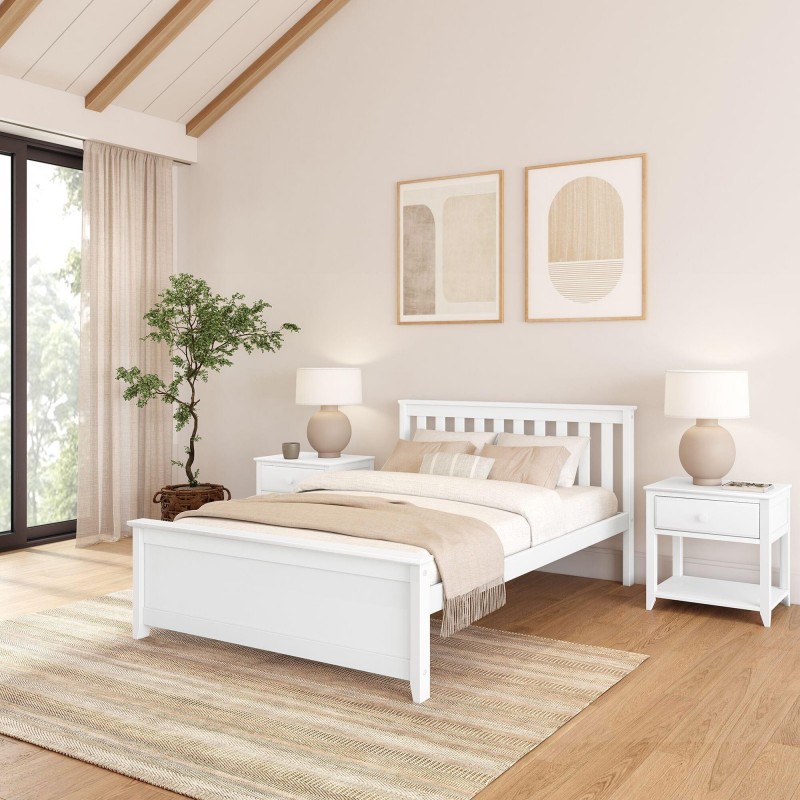When you hear the term “divan,” you may picture a stylish piece of furniture that adds elegance to a living space. But what exactly does it mean to define divan? A divan can refer to several forms of upholstered seating, often without a backrest or arms, but its historical and cultural significance is rich and diverse. Originating from the Middle East and Asia, the divan has evolved in style and function over centuries. Today, it serves various purposes in modern homes, from cozy seating areas to functional sleeping spaces. As we delve deeper into the intricacies of divans, we will explore their history, various styles, uses in different settings, and tips for selecting the right divan for your space. Let’s embark on this journey to define divan and appreciate its place in both contemporary and traditional interior design.
The Origins of the Divan: A Historical Perspective
To truly appreciate how we define divan today, it’s essential to understand its origins and early meanings. The divan has roots that trace back to ancient cultures, particularly within the Islamic world and the Ottoman Empire.
The Middle Eastern Influence
In the Middle East, the word “divan” originally referred to a council chamber or a room for meetings. These spaces often featured low seating arrangements, which laid the groundwork for the evolution of divans as furniture. The aesthetic and practical functions of these seating styles were influenced by cultural practices and social gatherings.
Ottoman Empire and Modernization
As the Ottoman Empire expanded, so did the idea and design of the divan. It transitioned into a more defined form of comfortable seating, often covered in rich fabrics. Upscale divans adorned with intricate patterns and luxurious textiles became status symbols among the elite.
Western Adoption
In the late 19th century, the concept of the divan began to permeate Western design trends. European furniture styles were influenced by the exotic appeal of the East, leading to adaptations of the divan that included firmer structures and aesthetic embellishments. As the furniture piece gained popularity, it became a staple in homes both for relaxation and style.
Characteristics of a Divan
To define divan correctly, we must explore the specific characteristics that differentiate it from other furniture pieces. Here are some key features that are essential to understanding what constitutes a divan:
Low Profile Design
Divans typically feature a low profile compared to traditional sofas or chairs. This design allows for easy access and encourages informal, relaxed seating. Low forms can contribute to a casual ambiance in a space—ideal for lounge or relaxation areas.
Upholstered Structure
The divan has an upholstered structure, offering comfort and style. Whether made from cotton, velvet, or leather, the covering often comes with decorative elements, including tufting or stitching. This versatility allows it to fit various decor styles, from minimalist to extravagant.
Versatile Functionality
One of the best aspects of the divan is its versatility. It can serve as seating in living rooms, a daybed in bedrooms, or even as a stylish accent piece in hallways. With proper cushions and throws, a divan can adapt to myriad purposes.
Absence of a Backrest or Arms
Divans are often defined by their lack of a traditional backrest or arms. This absence invites a more open design, allowing users to lounge comfortably, stretch out, or rearrange the seating arrangement based on their needs.
Style Variations
Divans come in various designs and configurations. Some specific styles may include:
- Traditional Divans: Typically reflecting Middle Eastern aesthetics with rich fabrics and intricate designs.
- Modern Divans: Featuring clean lines, minimalist designs, and contemporary upholstery.
- Daybeds: These often incorporate more significant functionality, serving as both seating and sleeping spaces.
Various Uses for a Divan
Understanding the potential uses of a divan can also help define its role in modern homes. Here are some practical applications of this adaptable piece of furniture:
Living Room Seating
Divans can add an elegant touch to living rooms, providing an informal seating option that encourages relaxation. They work particularly well in spaces focused on conversation, as their low profile keeps guests engaged while seated.
Guest Beds
In smaller spaces, a divan can function as a stylish daybed for guests. With strategically placed cushions and bedding, the divan offers a convenient sleeping solution without taking up a large footprint. The flexibility allows for comfort during overnight visits.
Reading Nook
Transform a cozy corner into a reading nook with a well-placed divan. Add plush cushions, a throw blanket, and personal touches to create a serene atmosphere perfect for curling up with a good book.
Decorative Accent
Divans also serve as decorative accents in hallways or open areas. With the right fabric and style, they can complement the room’s overall design while providing additional seating options when needed.
Outdoor Living
Certain types of divans are designed for outdoor use, allowing you to incorporate stylish seating into patios or balconies. Weather-resistant materials ensure comfort and durability while embracing the beauty of the outdoors.
Choosing the Right Divan for Your Space
Selecting an appropriate divan involves evaluating your space and personal preferences. Consider the following factors to ensure you choose the most suitable option:
Space Measurement
Before purchasing a divan, measure your space to determine available dimensions. Understanding your layout will prevent overcrowding and ensure that the divan fits into your desired area comfortably.
Style and Aesthetic
Choose a divan that complements your existing decor. Consider the colors, patterns, and overall style to create a seamless look in your room. Whether you prefer bold, eye-catching designs or subtle elegance, ensure your selection reflects your personal taste.
Material and Durability
Examine the materials used in the construction of your divan. Select options that suit your lifestyle. For instance, if you have pets or children, consider durable fabrics that withstand wear and tear. In contrast, luxurious fabrics may be more appropriate for low-traffic areas.
Functionality
Evaluate the primary purpose of the divan. If you intend to use it for seating, ensure it provides adequate support and comfort. If you’ll need it for overnight guests, opt for a model that seamlessly integrates both styles to suit your needs.
Budget Considerations
Establish a budget before shopping for a divan. Prices can vary significantly, so knowing your price range will help you to find the best options that align with your finances while maintaining quality.
Care and Maintenance of a Divan
To prolong the life of your divan, proper care and maintenance are essential. Below are some practical tips for caring for your furniture:
Regular Cleaning
Depending on the material, set a cleaning schedule to keep your divan looking fresh. For fabric upholstery, vacuum regularly to remove dust and debris. Additionally, check manufacturer recommendations for specific cleaning methods.
Addressing Stains Promptly
Treat stains quickly to prevent permanent damage. Use appropriate stain removers depending on the type of fabric and test it in an inconspicuous area first. For stubborn stains, consider consulting a professional cleaner.
Fluffing Cushions
If your divan has cushions, be sure to fluff and rotate them regularly. This practice helps maintain their shape and prevent uneven wear over time.
Spot Repairs
If you notice minor damage, such as a loose seam or small tear, address it promptly. Minor repairs can prevent additional wear and save costs over time.
Seasonal Care
During extreme weather conditions, consider covering your divan to protect it from elements like UV rays or moisture. This is particularly important for outdoor divans.
Popular Divan Styles and Trends
As you explore your options, consider the various styles and trends that come with divans. Here are some popular choices that can inspire your selection:
Bohemian Divans
Bohemian styles offer a relaxed and eclectic vibe. Opt for colorful fabrics and layered textures, integrating cushions and throws for an inviting look.
Minimalist Designs
Minimalism emphasizes simplicity and clean lines. Choosing a neutral color palette and straightforward structures can enhance the modern appeal of your space.
Vintage Styles
Vintage divans can provide character to your home. Look for authentic pieces or replicas that showcase unique designs, bringing nostalgia and charm to your space.
Mid-Century Modern
This design style emphasizes organic shapes and sleek lines. Mid-century divans often incorporate vibrant colors and natural materials, creating a statement piece with an artistic touch.
Eclectic Mixing
For the adventurous, mixing styles allows for personalized expression. Pair different textures, colors, and patterns to create a customized look that reflects your individuality.
Conclusion
A divan brings charm, comfort, and versatility to your living space. Understanding its history, characteristics, and various uses can help you appreciate its role in contemporary design. When choosing the perfect divan, consider factors such as style, material, function, and maintenance requirements to match your personal preferences and lifestyle. By properly caring for your divan, you can ensure it remains a centerpiece of comfort and style for years to come. Embracing the allure of a divan will enhance your living experience, creating an inviting and stylish atmosphere that reflects your unique aesthetic. So, whether it becomes your reading nook or a sleeping solution for guests, choosing and crafting the perfect divan can open doors to creativity and enjoyment in your home.